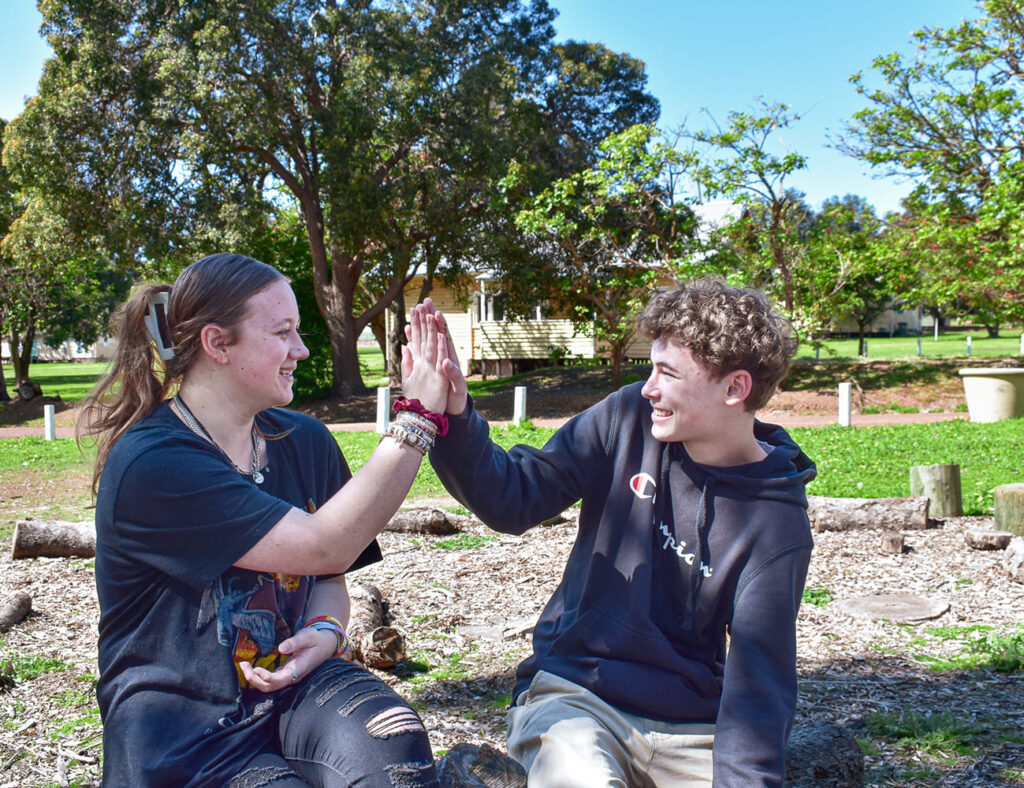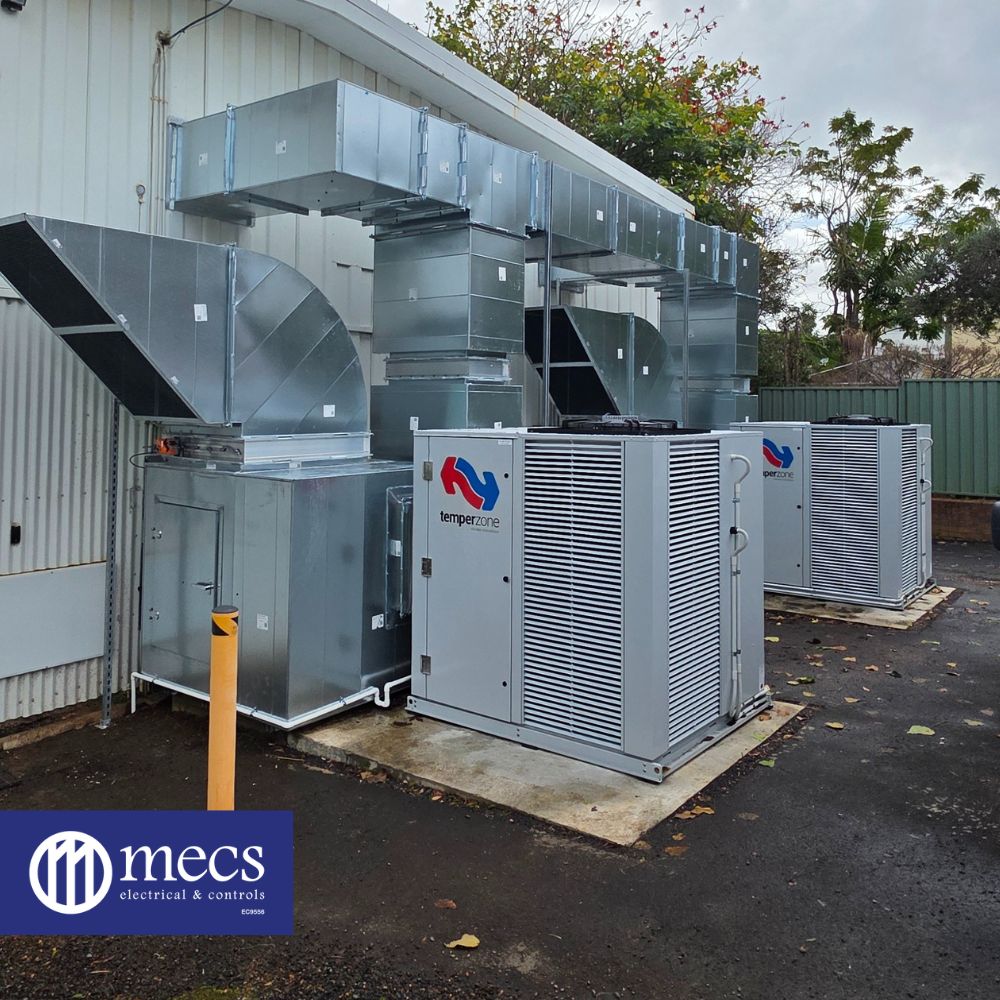
Education is a fundamental right, yet the methods and environments in which children learn can differ significantly. For students with additional needs, the question often arises: should they attend special schools designed to cater to their unique requirements, or should they be integrated into mainstream schools that embrace inclusive learning practices?
Balancing these two approaches isn’t about choosing one over the other. Instead, it involves finding ways to ensure every child receives the support and opportunities they need to thrive. Let’s explore what this balance looks like in practice and why it matters.
The Case for Special Schools
Special schools offer a safe and understanding space where students with complex needs can flourish. These environments are specifically designed to cater to conditions like autism, intellectual disabilities, or physical impairments. For some students, the level of expertise and individualised attention available in special schools is unmatched.
Parents often choose special schools because they provide a sense of community and understanding. Students are surrounded by peers with similar challenges, reducing feelings of isolation. The staff in these schools are highly trained and experienced in working with specific needs, ensuring that children receive the best possible support.
However, special schools can also limit opportunities for students to engage with a broader peer group, which is where inclusive learning comes into play.

The Importance of Inclusive Learning
Inclusive education recognises that students of all abilities can benefit from learning together. By integrating students with disabilities into mainstream classrooms, schools promote understanding, empathy, and social cohesion. This approach helps break down stereotypes and fosters a sense of belonging for all students.
For students with additional needs, inclusive learning can provide access to broader opportunities, such as extracurricular activities, leadership roles, and interactions with a diverse peer group. Meanwhile, their classmates benefit from learning alongside peers who bring different perspectives and experiences to the classroom.
But inclusive learning isn’t without its challenges. Schools must be adequately resourced to support diverse learners. This includes providing professional development for teachers, ensuring classrooms are accessible, and maintaining a collaborative approach with families and specialists.
Balancing the Two Approaches
Finding the right balance between special schools and inclusive learning involves recognising the strengths of each model and tailoring solutions to individual needs. Some students may thrive in a special school environment for certain stages of their education but benefit from transitioning to a mainstream setting later on. Others might need a hybrid approach, attending a mainstream school with additional support or specialised programs.
Governments and educators play a critical role in ensuring both options are viable. Funding for special schools must be maintained, while mainstream schools should receive adequate resources to support inclusive practices. It’s not a matter of favouring one system over the other but creating a flexible framework that prioritises the needs of each child.
Benefits of Balancing Special Schools and Inclusive Learning
Balancing special and inclusive education allows for personalised learning pathways. Some children may require intensive support that’s best provided in a specialised setting, while others might benefit from the social and academic opportunities available in a mainstream school. Flexibility ensures that no child is left behind.
Social Integration
When inclusive practices are done well, they promote social integration. Students with disabilities gain confidence and feel valued, while their peers learn compassion and acceptance. This prepares all students for life in a diverse society.
Holistic Development
Combining elements of both models can foster holistic development. For example, a student might attend a special school for certain therapies while participating in mainstream activities like sports or arts programs. This approach supports both their educational and social growth.

Conclusion
Balancing special schools and inclusive learning is about creating a system that values the individual needs of every child. It’s not a one-size-fits-all solution but a dynamic approach that combines the best of both worlds. By recognising the strengths of each model and investing in resources, training, and collaboration, we can ensure that all students have the opportunity to thrive. For families and educators, the focus should always remain on what matters most: the well-being and success of the child.










